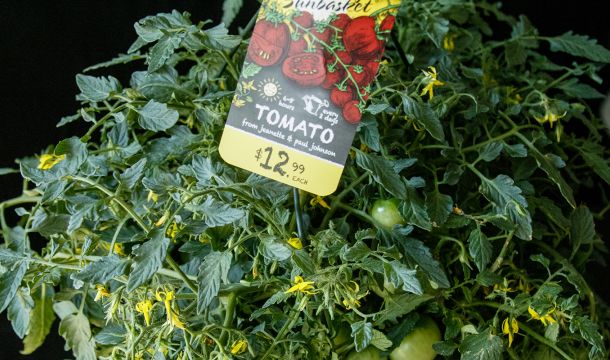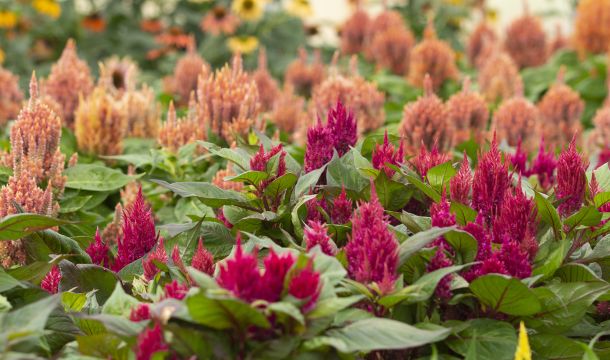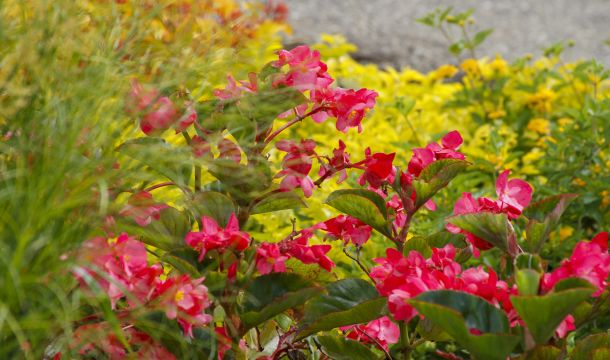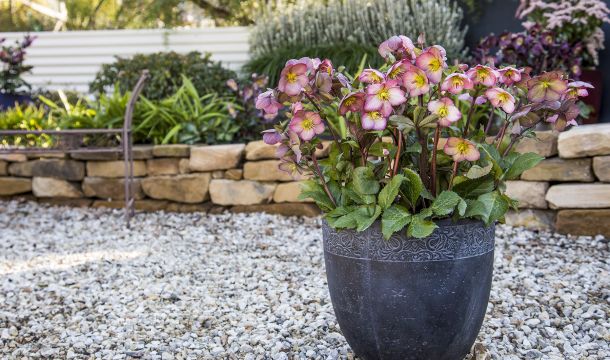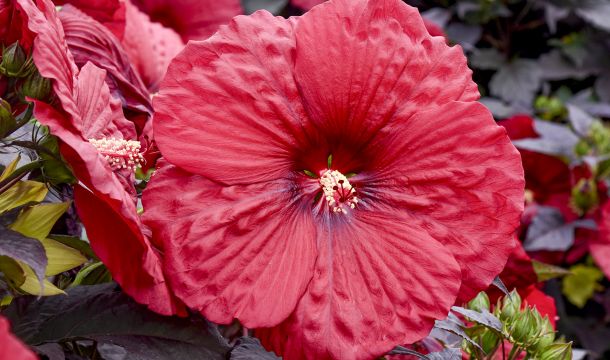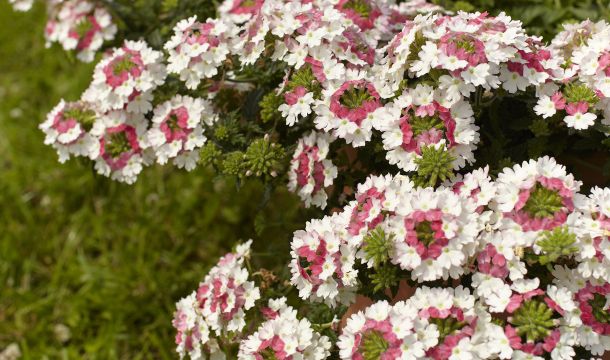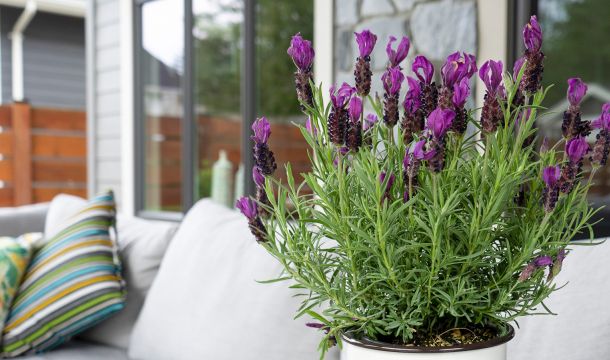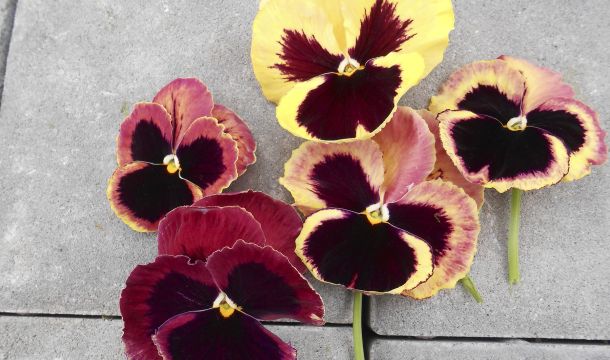Designing with Wax Begonias
Let’s organize our tools before designing with wax begonias. Size is most important because it controls the volume up and out: the larger the plant, the larger the flowers and foliage. Leaf color comes next and can be dark (bronze) or light (green), setting your canvas. Flower color is third, acting as the accent. White, pink, and red blooms are available in all cases, with rose and bicolors scattered about. Flower size is small in relation to the leaf, and blooms are abundant.
Many begonia series exist—these are the ones I use:
- Small: Bada Boom (bronze) | Bada Bing (green)
- Medium: Cocktail (bronze) | Olympia (green) | Tophat (bronze & green)
- Large: Whopper | Big | MegaWatt | BabyWing (all come in bronze & green)
- Extra Large: Dragon Wing (green) | Canary Wing (chartreuse)
The Bada series is the one I use for small containers. "Boom is bronze and Bing is green" is the little jingle I use to keep the leaf colors straight.
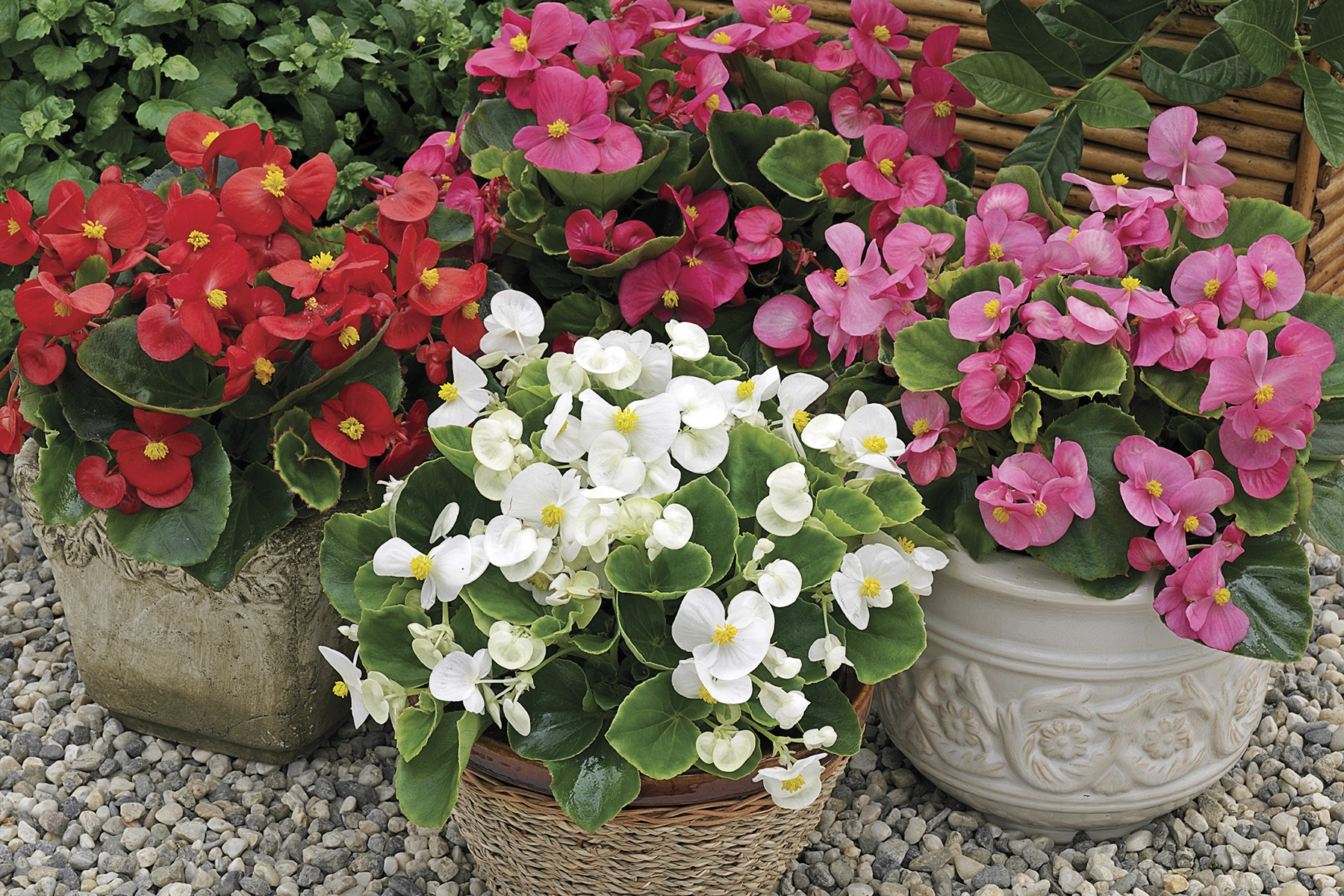
Ceramic Pots
An attractive quart specimen in a décor container makes a quick, premium product. Although big pots are showy, it’s the little pots that sell in volume. There’s no need to worry about post-purchase care since Bada Bing and Bada Boom are tolerant of pretty much everything.
This strategy gives a little upsell to existing inventory, is quick to manufacture in volume, and uses standard sizes. Be mindful that if plants are pot-tight they will look tunnel-shaped in the container. It’s helpful to space them out a little, for a week or two, to get the begonias to relax and fluff their stuff.
Midsized series like Harmony, Cocktail and Super Olympias keep their fingers and toes inside the ride, so to speak. These clean edges are especially helpful in accounts with heavy equipment mowing the lawn.
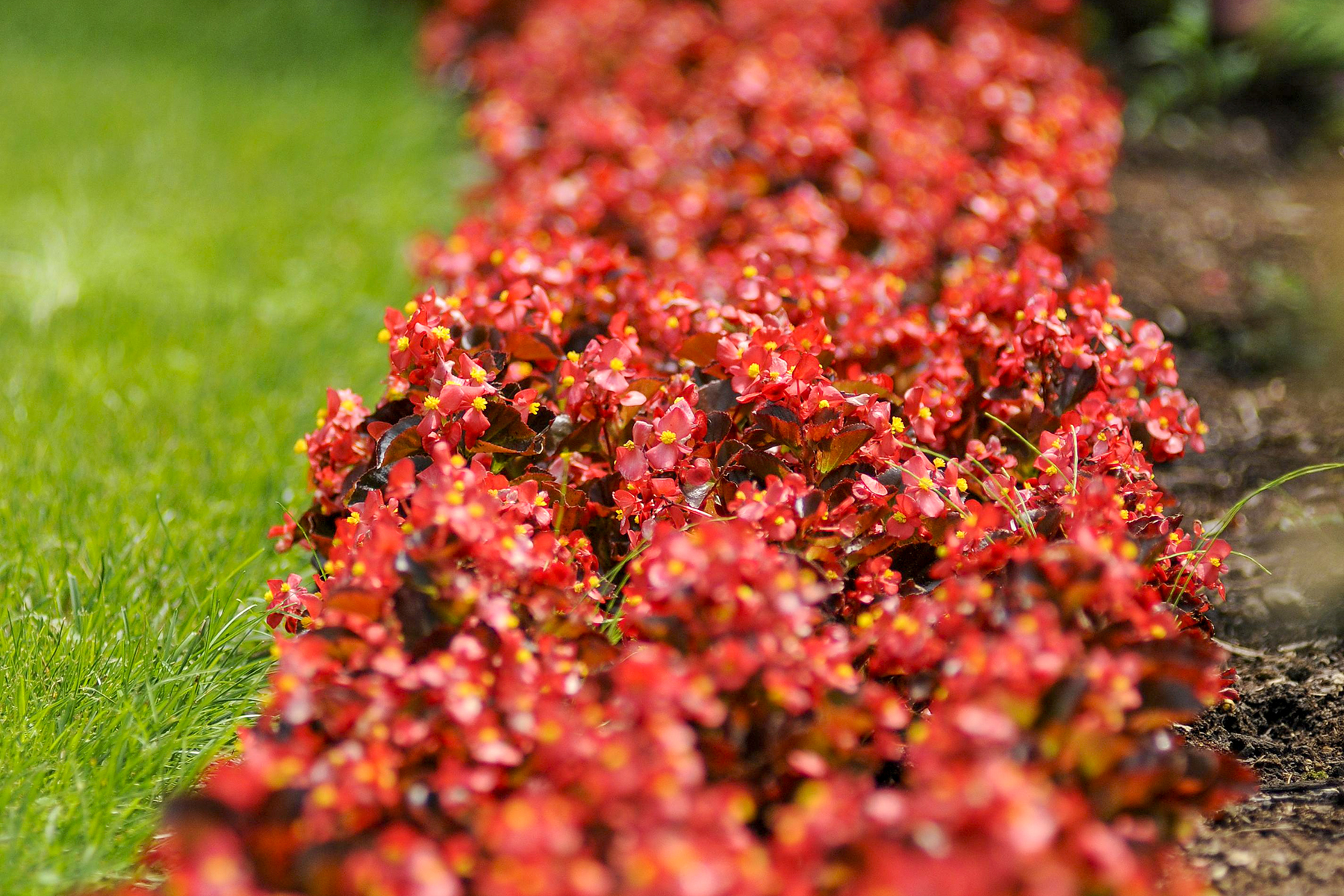
Crisp Color Shapes
In design, begonias excel at establishing shapes with color and creating lines with sharp edges. They keep their form clean for most of the season. This is helpful when you need color right up to the grass and you use lawn equipment. Hospitality accounts, for example, require a nice, clean edge without unsightly debris from the commercial mower.
Begonia size determines the smallest stripe you can draw. For side by side curving lines, use a contrasting leaf color to demarcate the change, along with bright and dark flowers. One year the Ohio state flag, with its challenging round field of red inside a white O-shaped ring, was drawn in begonias (and other plants) in front of the capital building.
Winged Begonias, the biggest size, are especially helpful in giving a durable infrastructure to outdoor combinations. They have the heft to hold up other elements in the design as well as themselves during the hot afternoon. This example comes from the concrete plaza arrangements outside the Ohio Convention Center during Cultivate.
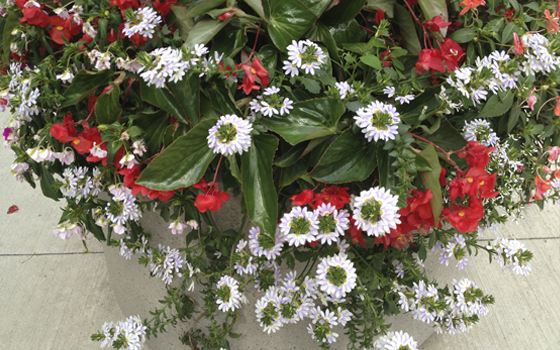
Combo Infrastructure
Wax and winged begonias serve an important role in larger public plaza-type containers: building garden infrastructure. These plants are durable, long lasting, and easy-care. They also have a unique look with dark leaves and winged tips.
Many other showy plants struggle with the intense heat generated by concrete islands, but not begonias. Their strong stems and broad dark leaves lend support to their less robust neighbors during the hottest time of the day. Begonias cool the soil and stiffen the scaffolding, like steel beams underneath the Eiffel Tower.
This example of Begonia Megawatt Pink with Green Leaf shows where all Wax Begonias excel. Color coats the side of the plant from the top down to the soil line. By holding the color pretty close to the leaves, the plant generates a sense of color lift of puffiness.
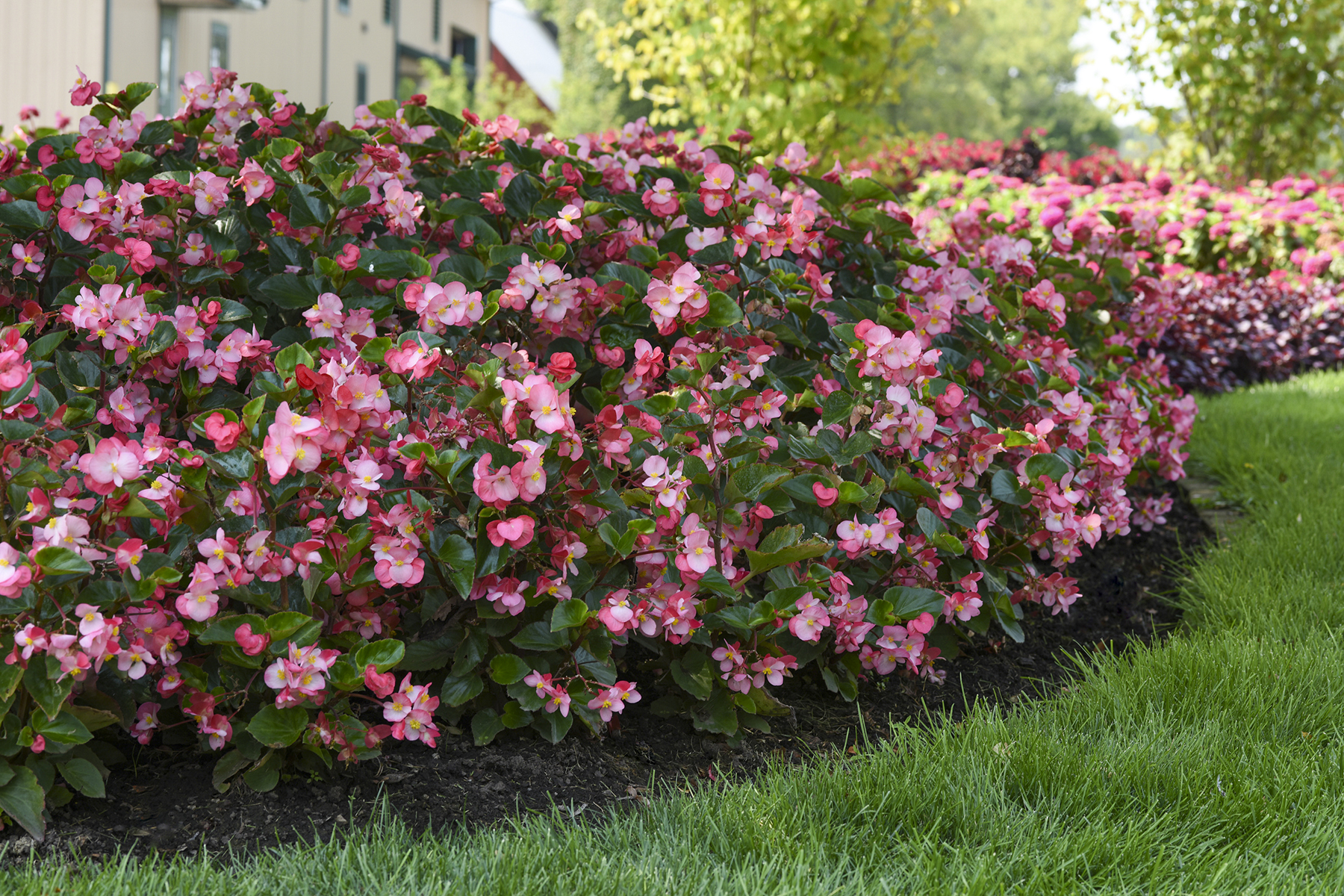
Puffy Pillows
Puffiness is the heart of the appeal behind a bed of color. You know it when you see it—the color is lifted up from the ground to the top of the layer. It appears to be bubbling or percolating through the green rather than simply coating it over the top like a hard chocolate shell on a soft serve cone.
Cocktail and Olympia begonias have mastered the art of the puff. They inflate and then smooth out to create a slowly undulating bed when planted closely enough. Separately the plants are colorful specimens, each forming an attractive, upright mound.
I like simple designs that lend themselves to endless variations. Begonia Tophat White lets you set a durable bed of white within which you can place dramatic set pieces as ornamentation. It's easy to explain to a crew, quick to assemble and tolerant of wobbly execution. Not exactly centered? Still looks good.
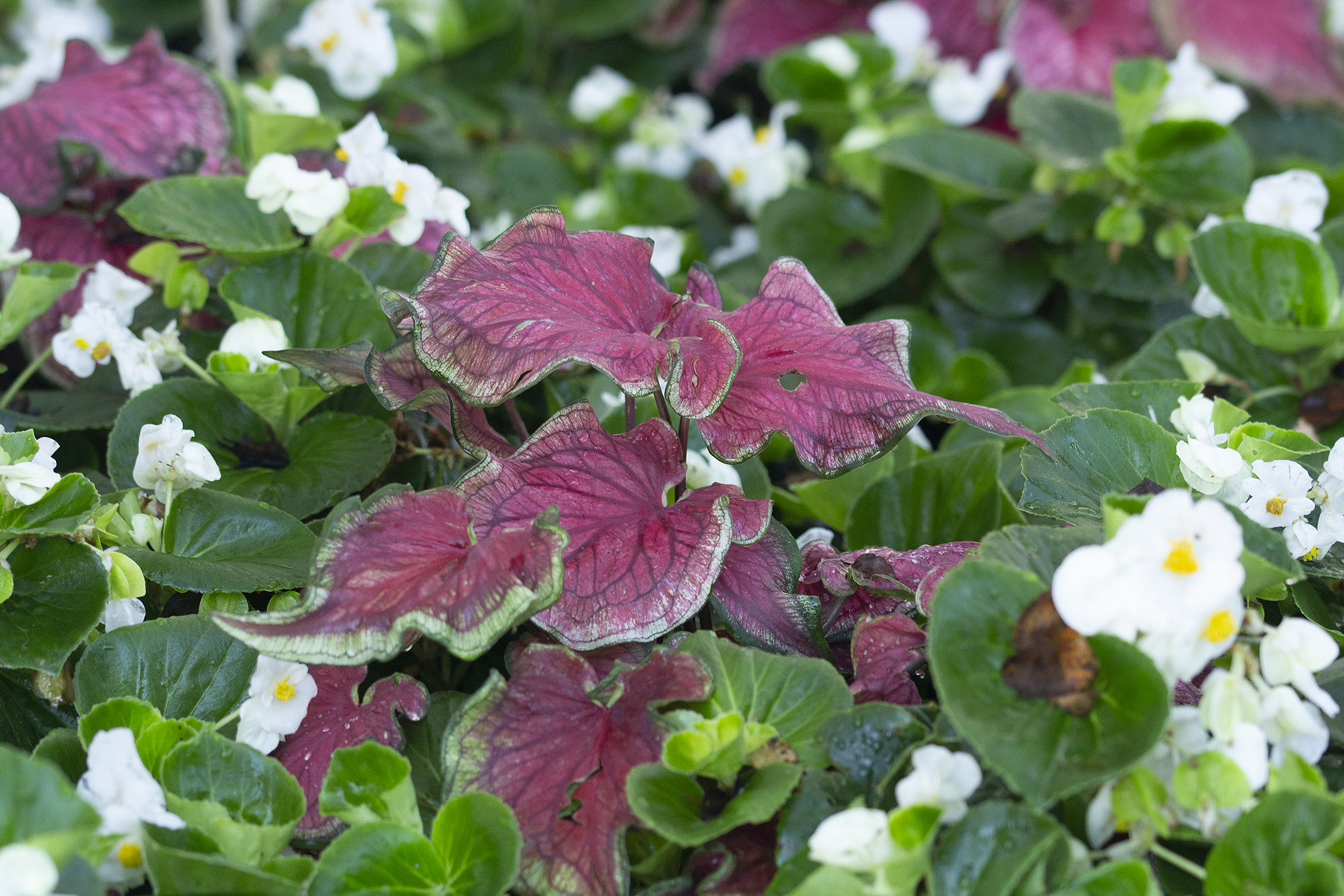
Ice Cream Cake
Ice cream cake is my slang term for a fast and easy bed design. Take a dense vanilla planting of flowered begonias and add decorative plant “toppings” in contrasting colors. These enhancements can be horizontal, like icing flowers, or vertical, like birthday candles.
It’s a simple recipe. Set your cake canvas with a green-leaf begonia like Tophat White. Then dit-dot circles of color like Caladium Sizzle for the sugar roses on a shade cake. Or add extra sparkle to a sun cake by using low vase/fountain-shaped grasses, such as Juncus Blue Arrows or Carex Bowles Golden. The beauty of the blank begonia sheet cake is that, as a base, you can use it in shade, sun, or in between.
When working with beds and their edges, set up color shapes with high contrast. This is where the color of the foliage works for you. The distinctive nature of the bed lasts all season long.
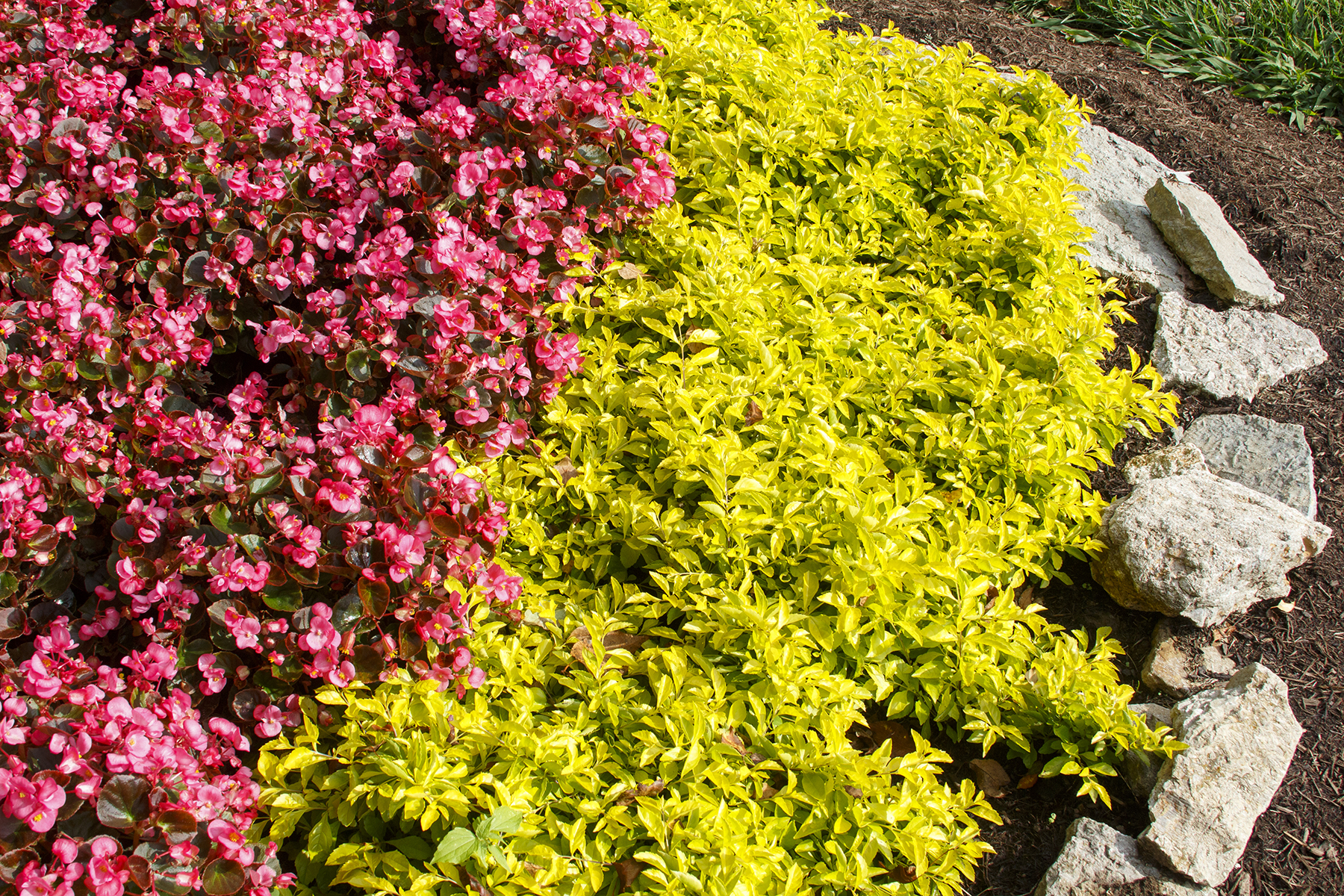
High Contrast
Cocktail and Olympia begonias are especially effective when paired with bright lime green foliage like that of Duranta Cuban Gold and Ipomoea Marguerite. They also pop with deeply black varieties like Ipomoea Blackie or Pennisetum Vertigo. That’s what happens when you place high contrast colors side by side.
When setting up stripes it’s important to play off the leaf colors, since they make up the canvas of the design. Placing bronze-leafed Begonia Cocktail Gin against Duranta Cuban Gold makes for compelling dark/light contrast, with the brilliant pink flower color as a charming accent. Another way to go is to set up a tall, dark and handsome variety like Pennisetum Vertigo, then surround it with a solid circle of verdant Olympia Red. High contrast equals high drama.
The larger Begonias can create mini-vistas or small theaters that showcase lower flowers. Whoppers and Bigs can create a sense of stadium or arena within a rectangular bed, creating a central focus for other material.
%20-1.jpg)
Reaching Upward
Contrary to popular belief, some begonias do reach for the sky. Whopper and Big series begonias rise to the occasion if planted in full sun and given rich soil. Their darkly colored stems and leaves can be used to form a backdrop around the focal points of a lower bed.
For example, Whopper Rose Bronze Leaf can be used as the background for a planting of Bracteantha Dreamtime Jumbo Yellow. The begonias effectively create a background with depth and texture, supporting and highlighting the bright stars of the show down front. As a bonus, the glowing strawflowers bring out the yellow eyes of the rose-colored begonia blooms.
Pendulous stems and draping habit is the strength of the Winged Begonias like Dragon Wing, Canary Wings and BabyWing®. These series are often showy enough to anchor large pots, beds or baskets on their own.
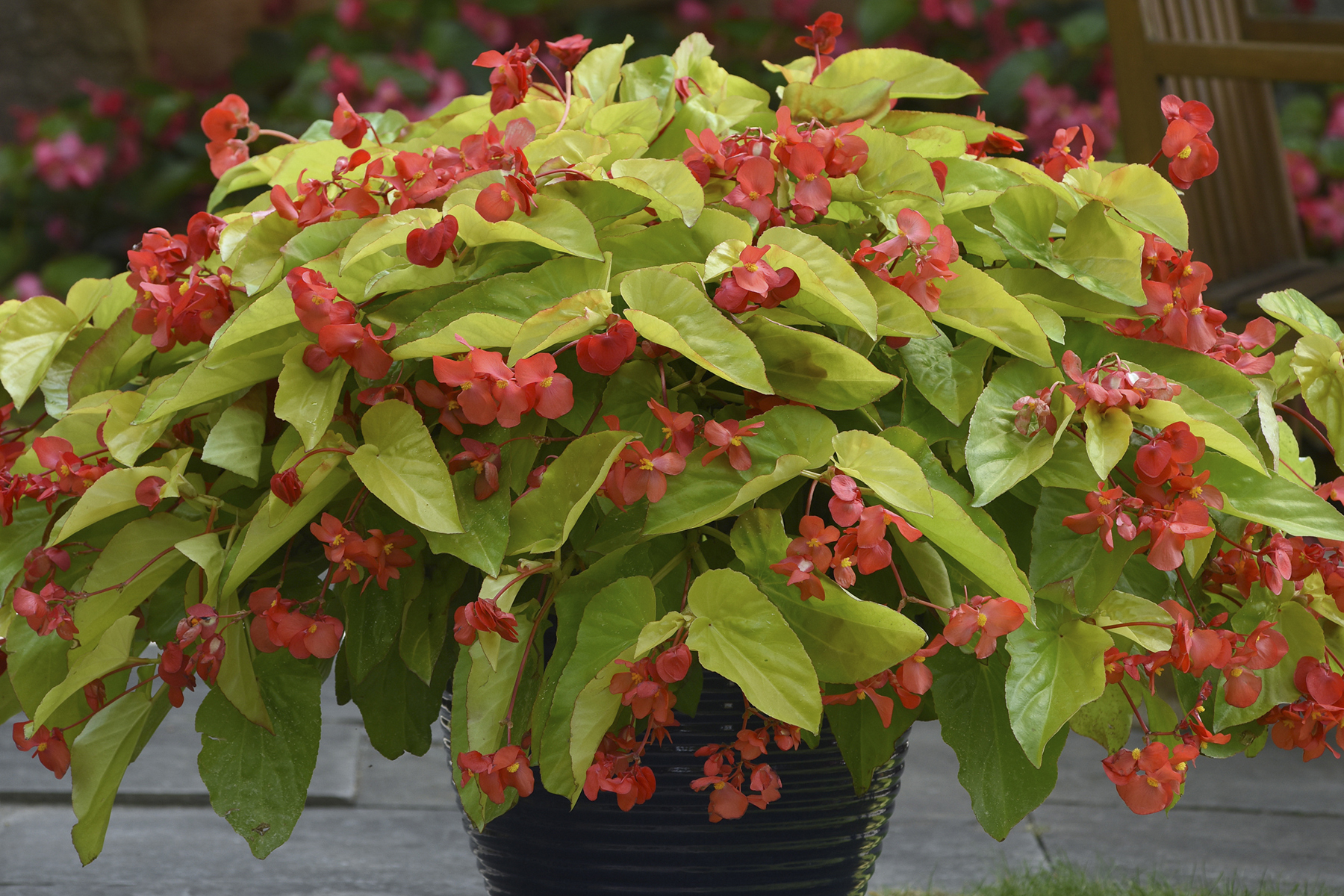
Draping Downward
A number of cultivars emphasize the pendulous nature of begonia blooms. Flowers are extended at the end of a stalk and petals are elongated so the draping tips become the focus of attention. There’s no dark leaf in this category but there’s a big leaf chartreuse, Canary Wing. It has its own personality and is bigger than Dragon Wing. BabyWing® is a miniature version of the wing look, like a Cocktail only pendulous and draping.
Winged begonias excel at baskets, but they also work well against walls. These are big, dramatic plants that like to wave their arms around when they talk, so they need space to do their work. Oftentimes the draping flowers are showy enough on their own in just one thick planting. Canary Wings is especially good at this trick, particularly under shade trees where it’s hard to get a large, bright bed going.
Popular Articles
